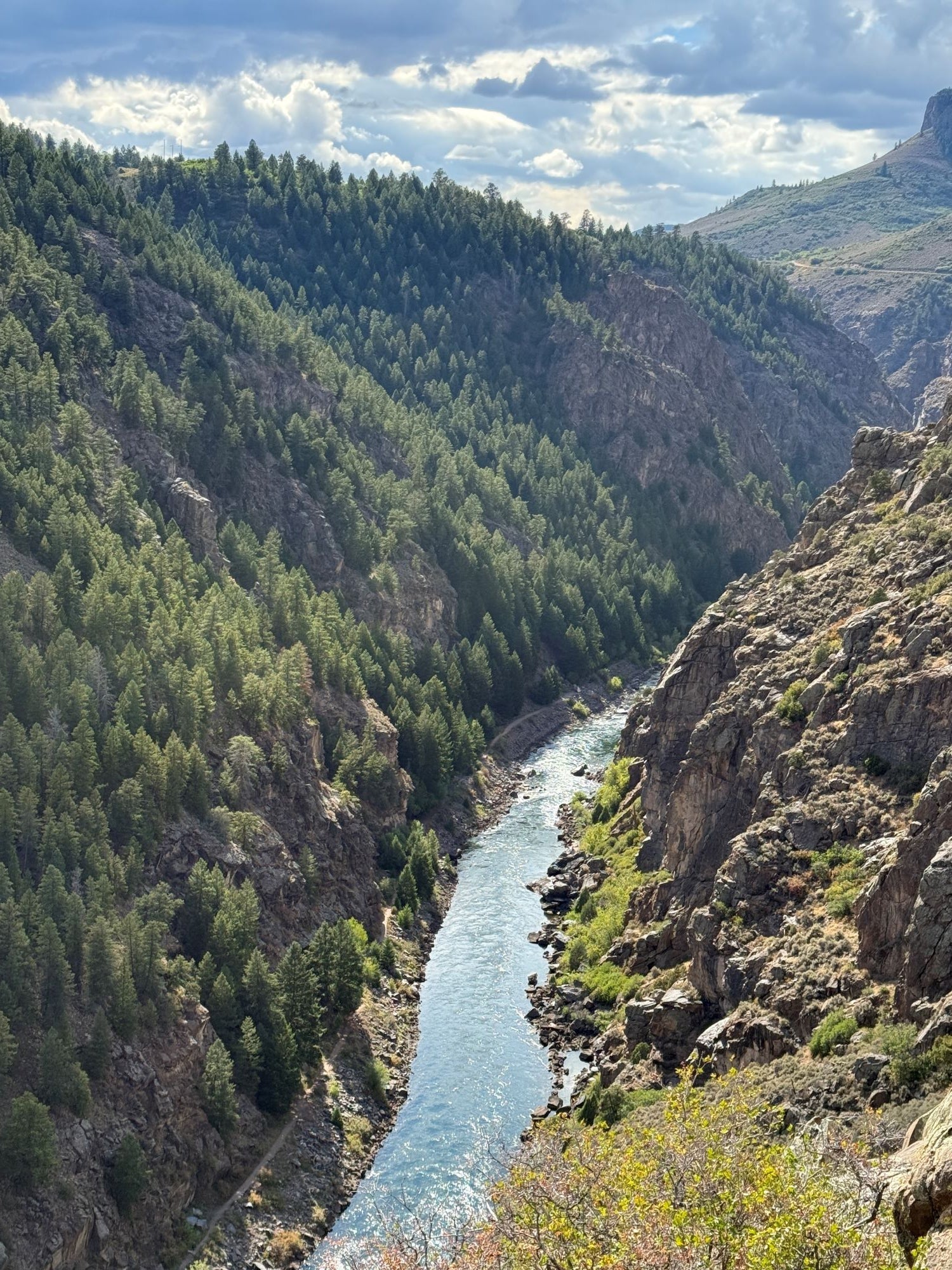Walk through the forests of Colorado, and it won’t be long before you spot one of the most important trees in the West—the Douglas fir. Towering, rugged, and elegant, this species is as much at home in the Rockies as it is in mountain ranges across the globe. But the story of how the Douglas fir became known and celebrated worldwide is one of exploration, science, and a legacy that reaches all the way back to a curious Scottish botanist named David Douglas.
David Douglas: The Botanist Who Shared a Forest with the World
In the early 1800s, David Douglas traveled across North America collecting plant specimens for Britain. While exploring the Pacific Northwest, he encountered a tree that would forever bear his name: the Douglas fir (Pseudotsuga menziesii). Unlike anything he had seen before, it stood tall, strong, and plentiful—perfect for construction, shipbuilding, and, in time, furniture making.

Douglas shipped seeds and specimens back to Europe, where the tree quickly caught the attention of gardeners, landscapers, and foresters. By the mid-19th century, Douglas firs were being planted widely across Britain and continental Europe. Its rapid growth and durable wood made it an ideal choice for reforestation projects and timber production. Soon, the species spread to New Zealand, Chile, and Australia, thriving in climates far removed from its North American home.
Today, the Douglas fir is one of the most widely planted and commercially valuable softwoods in the world—all because one man took the time to gather its seeds and share them.
The Mystery of the Man Behind the Douglas Fir
High on the slopes of Mauna Kea in Hawaii stands a modest stone obelisk—these are the rugged grounds where Douglas met his end. Yet the monument, known as “Kaluakauka” or the Doctor’s Pit, alludes less to the strange events surrounding his death than to the mystery still lingering nearly two centuries later.
The Fateful Day

On July 12, 1834, Douglas stopped for breakfast at the home of Edward “Ned” Gurney, a former convict from England who had reestablished himself on Mauna Kea as a cattle hunter. When Douglas later left Gurney’s hut, Gurney apparently warned him about cattle pits—holes dug to trap wild cows.
Later that same day, Douglas was found trampled in one such pit, crushed under a bull that had fallen in on top of him. Gurney was alerted, retrieved Douglas’s body (stitching wounds, protecting it with a hide), and transported him to the town of Hilo. He also brought back Douglas’s dog and possessions.
Suspicion and Speculation
Although the official verdict was that Douglas died from a tragic accident—bull trample in a cattle pit—Gurney’s involvement has long been subject to suspicion. Some see his actions after discovering the body as evidence of guilt; others point out that Gurney could have been a rescuer acting under grim circumstances.
Over time, rumors grew. Was Douglas careless with money in front of Gurney? Did class prejudice color the narrative? It’s hard to say. What is certain is that this event has left Gurney’s reputation forever intertwined with Douglas’s demise—and that some believe the full truth might never be known.
Remembrance
Douglas was buried in a communal grave at Kawaiaha‘o Church in Honolulu; his exact resting place within the church remains unidentified. In 1856, a marker was placed in his honor, and in 1934—marking 100 years since his death—a memorial obelisk with a brass plaque was erected at the site of his death, accompanied by hundreds of Douglas fir trees planted nearby.

Why Douglas Fir Grows in Colorado
Here’s the twist: Colorado didn’t need David Douglas to discover the tree. While the coastal variety Douglas collected is native to the Pacific Northwest, Colorado has its own native subspecies—the Rocky Mountain Douglas fir (Pseudotsuga menziesii var. glauca).
Our variety is slightly different: it has shorter needles, can withstand drier climates, and thrives in the foothills and mountains between 6,000 and 9,500 feet. You’ll see it standing tall along canyons, rocky slopes, and mixed conifer forests, where it grows alongside ponderosa pine, Engelmann spruce, and lodgepole pine.
The Douglas fir plays a crucial role in Colorado’s ecology. Its dense canopy provides shelter for wildlife like owls and squirrels. Its seeds feed birds and small mammals. And its deep roots stabilize soils on steep mountain slopes. Beyond its ecological role, it has long been prized for timber—its strength, straight grain, and natural beauty make it one of the most versatile woods available.

CS Woods: Stories of Trees
At CS Woods in Denver, we celebrate trees like the Douglas fir not only for their ecological importance but also for the stories they carry into our homes and lives. Just as David Douglas introduced the fir to the world, we help bring extraordinary slabs of wood into your projects—transforming raw natural beauty into functional works of art.
We offer: A 20,000 sq ft warehouse filled with hand-selected slabs, ready for you to explore in person.
Rocky Mountain Dry wood, meaning our slabs are acclimated for stability and ready to be worked.
Custom craftsmanship, whether you’d like us to design and build your piece or provide the slab for your contractor or woodworker.
Nationwide shipping, so even if you’re not in Colorado, you can bring a piece of Rocky Mountain character into your space.
Whether you’re drawn to Douglas fir or other remarkable species like walnut, elm, bubinga, or maple burl, our mission is to ensure every piece of wood becomes something exceptional.


